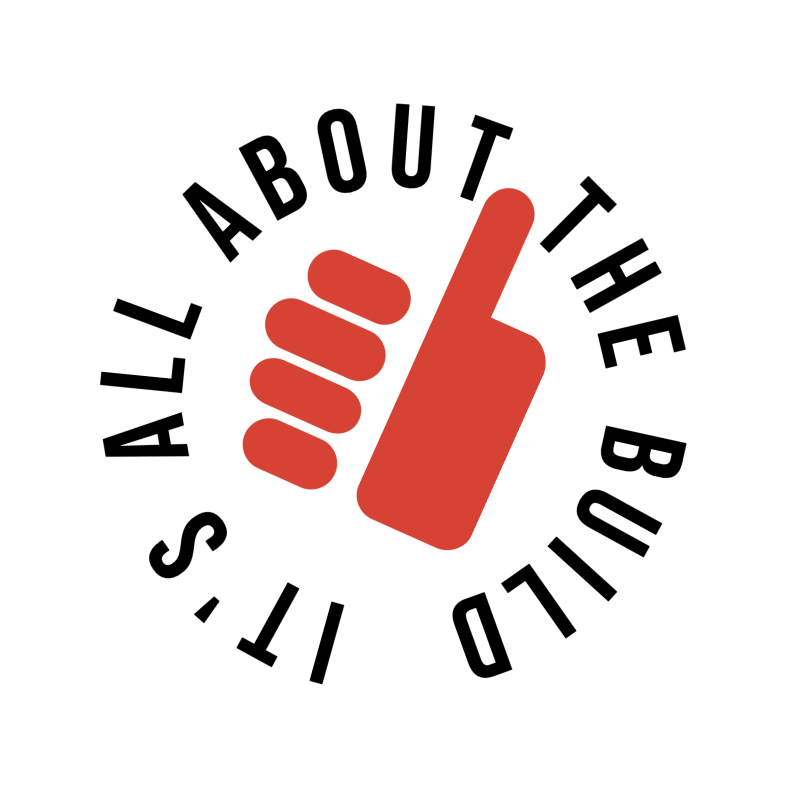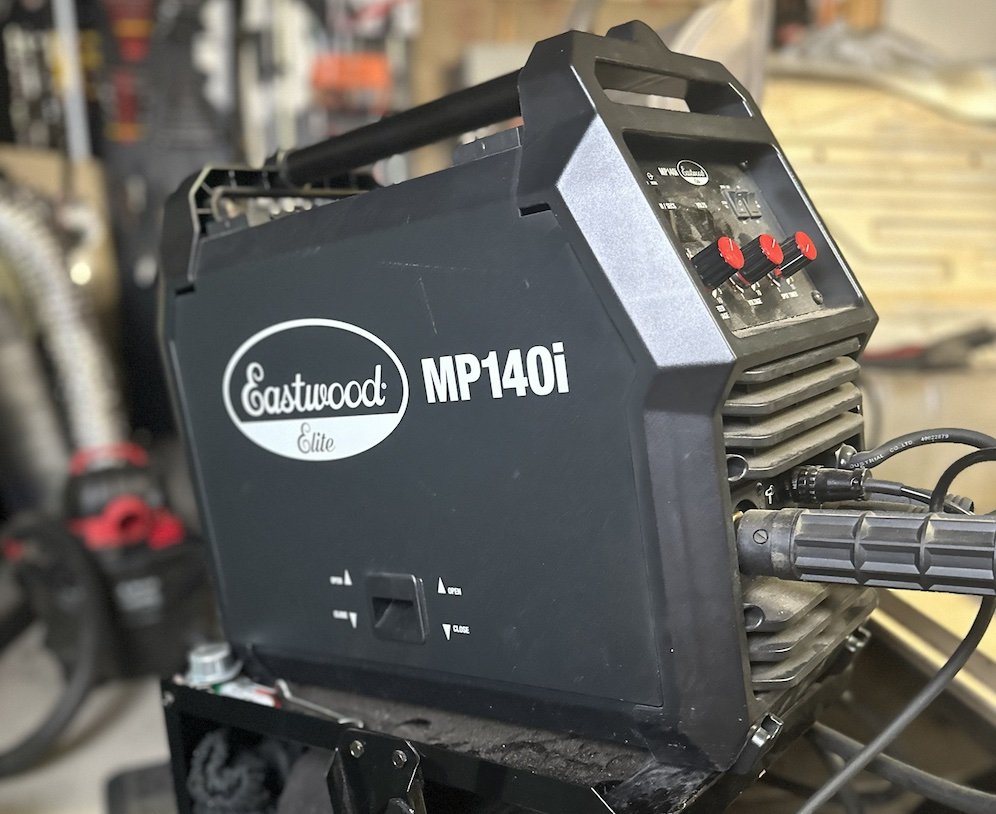EASTWOOD TOOL REVIEW - 8 INCH BEAD ROLLER
If you ever want to start shaping sheet metal for you car, an Eastwood 8 inch bead roller can be a game changer.
WHY SHEET METAL BEAD ROLL?
Our e30 project car has tons of rust; from the floorboards to the firewall.
Most of the sheet metal on cars is around 18-20 gauge which is pretty thin, so lots of automotive sheet metal is stamped with various shapes from the factory for added stiffness.
As we removed rust from the e30 and create replacement patch panels they need to be stiff.
This is where a bead roller comes in handy, because bead rolling the sheet metal will add rigidity.
Being that we are working with smaller patch panel pieces, the 8-inch bead roller from Eastwood is perfect for smaller DIY automotive projects like this.
HOW THE EASTWOOD BEAD ROLLER WORKS
The bead roller is shaped in the form of a sideways U that allows different dies to be inserted into the bead roller. The two dies pinch or stretch the sheet metal to form different types of embossing or bends. These shapes can make a flimsy 20-gauge sheet metal panel very rigid.
You’ll be able to form a bead or bend up to 8 inches inward from a piece of sheet metal and you can use up to a thickness of 18 gauge sheet metal with the Eastwood 8” bead roller.
This design makes the Eastwood small and portable. Meaning that you don’t need tons of extra space to set it up.
The 8 inch model costs less than $200 on Eastwood.com
The bead roller can then be clamped to your bench vise. If you don’t have a bench vise, check out the 5 inch vise we currently use.
HOW TO USE THE EASTWOOD 8-INCH BEAD ROLLER
Once you have the bead roller clamped into your vise follow these steps to get going:
Install the 4 crank handles into the spoke. You can use a pipe wrench to grip the crank handles and tighten them down.
Make sure the lower die shaft mounting bolt is tight along with all other hex bolts. The upper die shaft mounting bolt can stay somewhat loose.
Pick and load your dies. The Eastwood 8” Bead Roller includes two sets of dies. The first is the 3/8-inch Bead Die set. These will create a rib or what looks like a beveled shape. The second is an offset die set. The offset will create a joggle bend or what looks like a slight shifting angle into the sheet metal.
If you use the offset die, just know that the overall shape of your sheet metal will lose much more length and width compared to the bead die set.
Once your bead dies are inserted, tighten the large shaft bolts that hold them in place after you properly align them.
The bead die set will need to be exactly aligned while the offset die needs to have a slight offset from the top to the bottom die.
After the die set is loaded into the shafts, you then need to slightly loosen back-off the nut which is above the top die shaft a few turns.
This allows the top shaft to be tightened once the sheet metal is in place for the desired depth of the bead.
Insert the sheet metal between the die. Tighten the back-off nut around 2 turns and turn the 4-spoke crank handle while you slowly feed the sheet metal through the die set.
You can also practice making a few turns. Learn the limit and how fast you should turn the piece of sheet metal to get a nice turning radius.
If you need to skip a section, turn the back-off nut in the opposite direction, adjust the sheet metal, and then tighten it the same turns again to get the same bead shape.
Once you’ve practiced a few times then get your actual piece ready.
Draw nice straight lines that you can easily see to follow through the bead roller.
You can also draw your turning radius based on what you learned from your practice runs.
Also, notice as you create different beads, the sheet metal will become stiff. However, the sheet metal also starts to warp.
This is because you are stretching the metal. To prevent excessive warpage, you can start with a small bead and then slowly go over the bead again with more turns added to the back-off nut. This will slowly stretch the sheet metal and help reduce excessive warpage.
Another trick is to pre-stretch the sheet metal in the bead roller with a stretching die set which you can pick up from Eastwood.com too.
BEAD ROLLER MAINTENANCE
Taking care of the Eastwood 8” bead roller is pretty simple. Just make sure you keep the shafts lubed up with some extreme pressure lube.
The Eastwood bead roller also has grease fittings which make it easy to add lube with a grease gun too.










